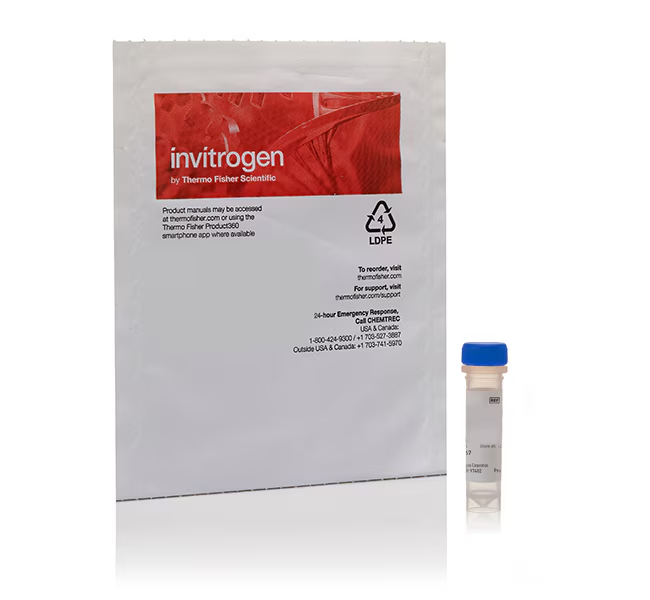
Human low-density lipoprotein (LDL) is large protein complex (∼500,000 Da) that binds to a specific receptor on the surface of vertebrate cells and delivers cholesterol via receptor-mediated endocytosis—our labeled LDL complexes are useful tools for studying this phenomenon. These experiments are typically performed by adding fluorescently labeled LDL to cultured cells and analyzing them by microscopy or flow cytometry. Alternatively the fluorescently labeled LDL can be injected into test animals, and the distribution of the label can be analyzed after the specified time period. We offer an unlabeled LDL and two classes of labeled LDLs: those containing an unmodified apoprotein (used to study normal cholesterol delivery and internalization) and those with an acetylated (Ac) apoprotein (used to study cell types that express receptors specific for this acetylated version (i.e., endothelial and microglial cells)).
LDL Specifications:
• Label (Ex/Em): Dil (554/571)
• Acetylated: Yes
• Amount: 200 μL (1.0 mg/mL)
Fresh LDL Produced Continually
We prepare our LDL and AcLDL products from fresh human plasma approximately every two months. The nonacetylated LDL products are shipped within two weeks of their preparation. All acetylated LDL products are available on a continuous basis.
Nonacetylated vs. Acetylated LDL
LDL containing an unmodified apoprotein is used to study normal cholesterol delivery and internalization. If the lysine residues of LDL’s apoprotein have been acetylated, the LDL complex no longer binds to the LDL receptor, but rather is taken up by endothelial and microglial cells that possess “scavenger” receptors specific for that modified form.
Key Applications for Labeled LDL
Some of the many applications for labeled LDL complexes include:
• Counting cell-surface LDL receptors, and analyzing their motion and clustering following internalization
• Quantitating LDL receptor activity in fibroblasts (replacing the radiolabeled LDL assay)
• Investigating LDL expression and identifying LDL receptor deficiencies in various cell lines
For Research Use Only. Not intended for any animal or human therapeutic or diagnostic use.
| Code | Description |
|---|---|
| L3484 | Catalog Number: L3484 |

